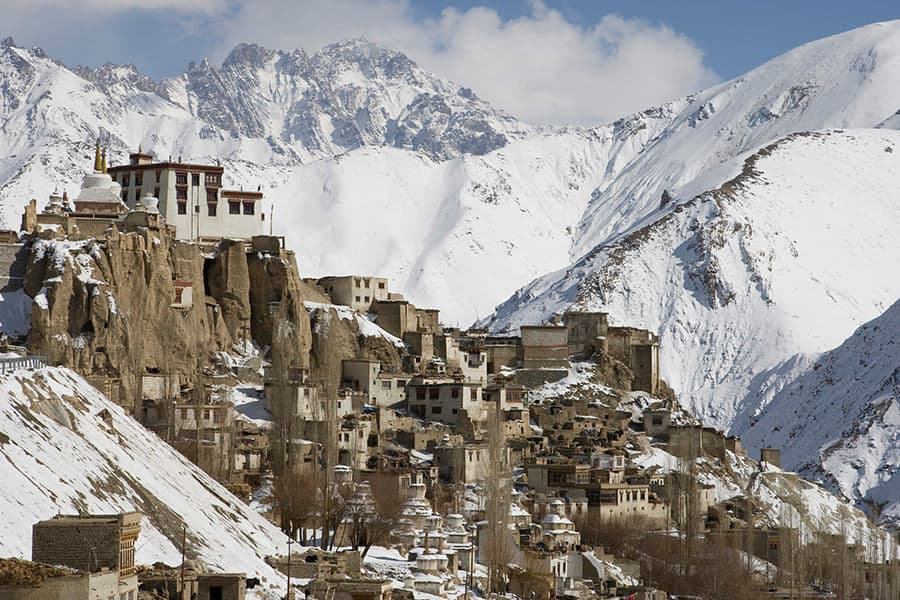Monasteries of Ladakh
Monasteries of Ladakh

Tags
Reach out to us
Have An Enquiry? Write To Us…
Popular Packages
No data found


Support Team
+91-7303195208 / +91-9911937751
24 hrs (7 days a week) Except national holidays

Send a Email
info@planmypackage.com
Send a Message to PMP Suppport Team

+91-7303195208
Click to Connect on WhatsApp

Address
201, JPO PLAZA, SECTOR - 18, NOIDA, Gautam Buddha Nagar, Uttar Pradesh, 201301








"This was the best travel experience of my life. Everything was perfectly managed!"
Rohit Sharma
Traveler
© 2025 Plan My Package. All Rights Reserved.
Design & Developed By : Divine Mantra Pvt Ltd